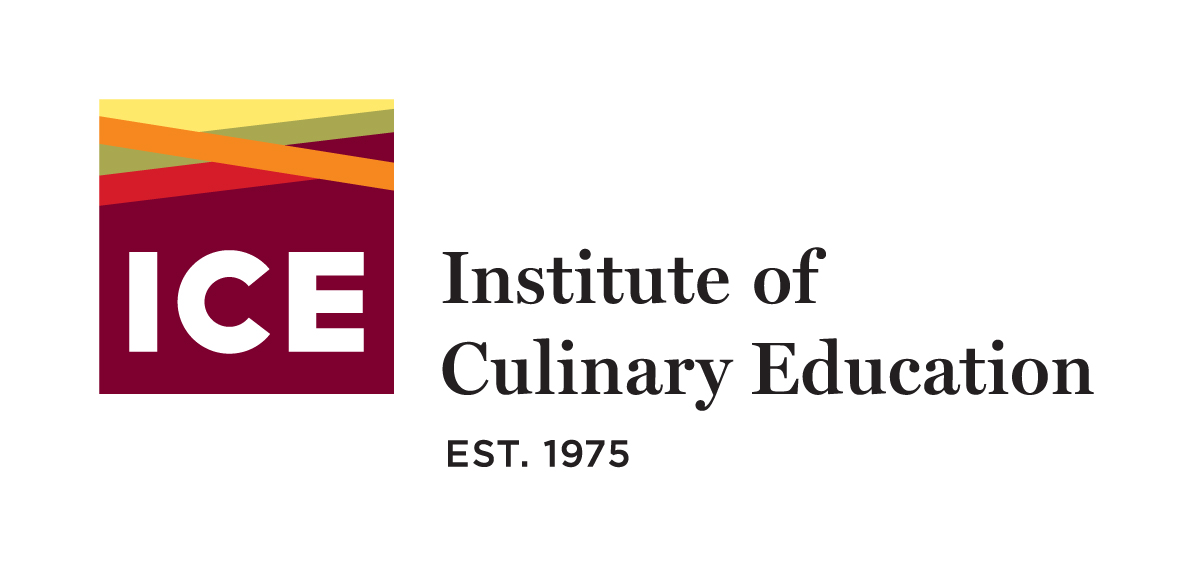Hospitality Consolidation and Other Trends for 2016
/

(PRWEB) DECEMBER 29, 2015
Guy Bentley, CEO Worldwide of Glion Institute of Higher Education takes a look at the current state of the hospitality industry and shares his views on predicted 2016 industry trends.
Travel & tourism industry forecast The worldwide travel & tourism industry continued to see strong growth throughout 2015 and international tourist arrivals are predicted to grow by 3-4% per year and reach 1.8 billion in 2030, according to the UNWTO report.
The UNWTO long-term outlook Tourism Towards 2030 sees substantial potential for further growth coming from emerging economy destinations in Asia, Latin America, Central and Eastern Europe, the Middle East and Africa, growing at double the rate (+4.4% per year) than advanced economy destinations (+2.2% per year).
Consolidation of major hotel management companies The news hit the global hospitality industry with a bang in November 2015, when Marriot International announced its USD 12.2 billion bid to take over Starwood Hotels and Resorts Worldwide to form the world’s biggest hotel management company with more than 5,500 owned or franchised hotels with 1.1 million rooms around the world.
The run for hotel consolidation does not stop there, with French AccorHotels taking over FRHI Hotels and Resorts with luxury brands Fairmont, Raffles and Swissotel for USD 2.9 billion. This boost in merger and acquisition activity in the hospitality sector is a new development, implying increased competition and a run to secure market shares, especially in the aforementioned emerging destinations.
“Asset Light” Real Estate in hospitality In the past, growing a hotel company required enormous capital investment, but over the last two decades, many hotel groups have expanded by adopting an “asset light” model of managing, rather than owning, properties, or even just franchising their brand to a third-party operator against a fee.
This development brings new opportunities to our graduates with a strong background in finance and accounting and who are looking to join a financial institution, an asset management company or an investment fund. These new representatives of hotel owners are increasingly relying on hospitality graduates to manage their hotel portfolios.
In this regard, Glion is proud to offer strong business-focused programs, such as the BA specialization in Real Estate Finance, the Glion MBA program and the recently launched MSc in International Hospitality Finance.
Growing skills gap and importance of practical experience Due to the continuous growth of the labour-intensive and productivity-reliant travel and tourism industry, the sector is expected to experience some difficulties in providing enough qualified talent for the forecasted 80 million new jobs created over the next ten years, according to the World Travel & Tourism Council (WTTC).
To make matters worse, employers are hesitant to employ graduates for their entry-level positions without having previously worked for their organisations, either through paid internships, industrial placements or vacation work.
At Glion, students are required to complete two semester-long internships as part of their bachelor degree program and often join one of these companies after graduation, by which time an average of 86% have one or multiple job offers.
Challenging climate for luxury brands Worldwide sales of personal luxury goods have tripled over the last 20 years and were mostly unaffected by economic trends. However, future growth is forecast at a slower four to six per cent and bound to face new challenges in terms of consumer behaviour and demands, shifting demographics and new distribution channels.
According to Milton Pedraza, CEO of consultancy Luxury Institute, low client retention rates show the need for luxury brands to build better relationships with customers, but many brands are struggling to inspire, empower and compensate store associates to become long-term relationship builders.
With the creation of a new bachelor degree specialization in Luxury Brand Management, Glion is preparing hospitality talent with strong customer engagement skills and specialized knowledge on luxury branding.
Together with its industry partners, Glion keeps a close eye on the hospitality business and monitors developments and innovations. As an educator, we must also track the shifting needs of our students and adapt to the changing educational landscape. Balancing these expectations illustrates Glion’s complex approach to preparing students to succeed in today’s constantly evolving hospitality industry, which was recently recognized at the Worldwide Hospitality School Awards 2015 where Glion won the award for Best Hospitality Management School.
(via PRWeb)











